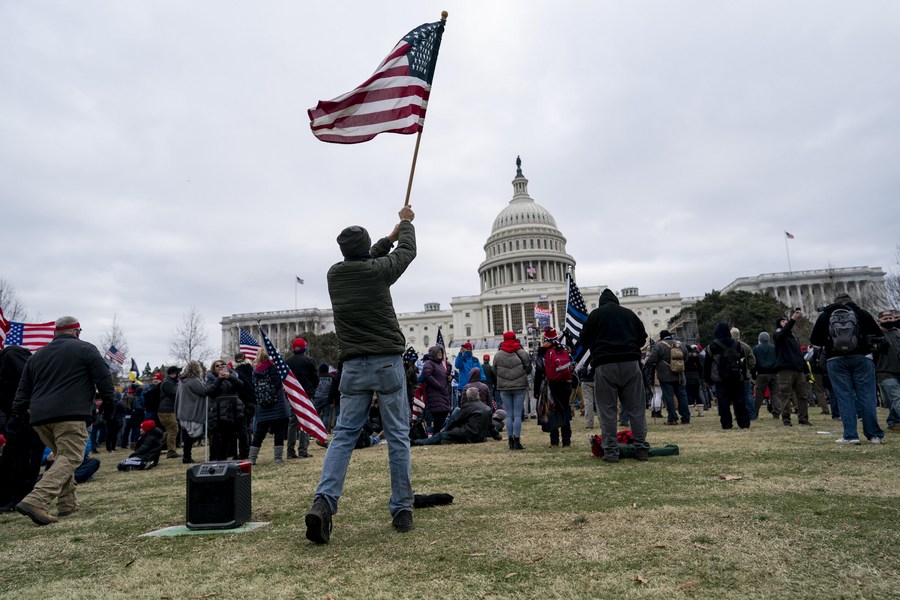(Xinhua)13:13, December 10, 2020![]()
WASHINGTON, Dec. 9 (Xinhua) — The U.S. Federal Trade Commission (FTC) on Wednesday filed a lawsuit against Facebook, accusing the tech giant of forming an illegal monopoly through years of anticompetitive practices.
The complaint alleges that Facebook has engaged in a systematic strategy to eliminate threats to its monopoly, which included its 2012 acquisition of up-and-coming rival Instagram, 2014 acquisition of mobile messaging app WhatsApp, and the imposition of anticompetitive conditions on software developers.
This course of conduct harms competition, leaves consumers with few choices for personal social networking, and deprives advertisers of the benefits of competition, the FTC said in a statement.
The agency said it is seeking a permanent injunction in federal court that could require divestitures; prohibit Facebook from imposing anticompetitive conditions on software developers; and require Facebook to seek prior notice and approval for future mergers and acquisitions.
Facebook, however, called the lawsuits revisionist history, arguing that antitrust regulators already reviewed the acquisitions of Instagram in 2012 and WhatsApp in 2014, and allowed these deals to move forward.
Now, many years later, with seemingly no regard for settled law or the consequences to innovation and investment, the agency is saying it got it wrong and wants a do-over, said Facebook Vice President and General Counsel Jennifer Newstead in a blog, noting that two FTC commissioners voted against the action.
Facebook, the worlds dominant personal social networking service, generated revenues of more than 70 billion dollars and profits of more than 18.5 billion dollars last year alone, according to the FTCs complaint.
The lawsuit follows a lengthy investigation in cooperation with a coalition of attorneys general of 46 states, the District of Columbia, and the U.S. territory of Guam.

